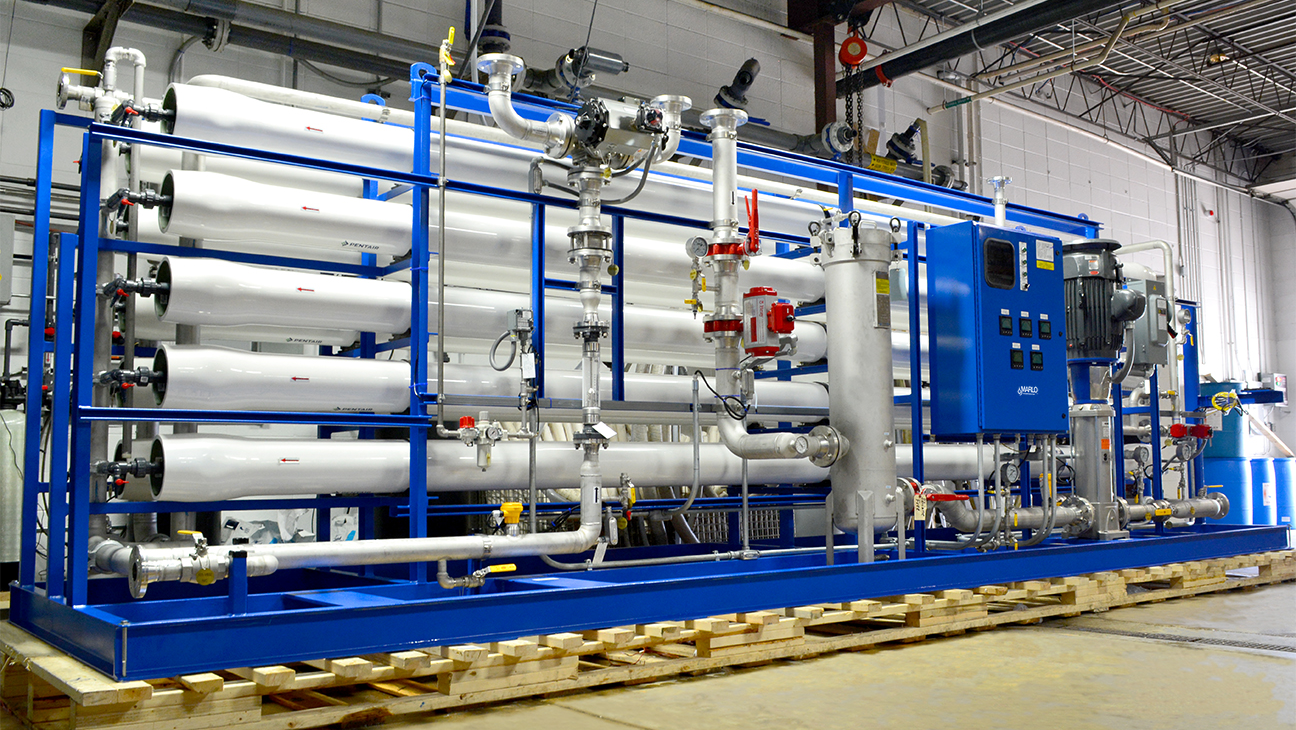
Clean drinking water is not a luxury it’s a basic necessity. But in today’s world, rising pollution, industrial waste, and ageing pipelines are making access to safe water increasingly difficult. That’s where RO systems come into the picture. These systems are fast becoming a must-have in every household and office, especially in regions where tap water is hard, salty, or contaminated.
This article breaks down what RO (Reverse Osmosis) systems are, how they work, and why they’re considered one of the best solutions for clean, safe, and healthy drinking water.
RO stands for Reverse Osmosis, a water purification process that removes impurities, heavy metals, bacteria, and dissolved salts from water. It does this by pushing water through a semi-permeable membrane that traps all the harmful substances and lets only pure water pass through.
Unlike boiling or simple carbon filters, RO systems are known for their multi-stage filtration process, which offers a higher level of purification. That’s why they’re used not just in homes, but also in hospitals, laboratories, and industries.
An RO system usually consists of several filters and a membrane. Here’s how the process works step-by-step:
Some advanced models also include UV (ultraviolet) purification or alkaline filters to add minerals back into the water and kill remaining germs.
RO Systems In many parts of the world, especially in urban areas, tap water is not always safe to drink. Reasons include:
An RO system is designed to remove all these impurities, making your drinking water safe, clear, and better tasting.
While RO systems are highly effective, choosing the right one is key. Here are a few things to keep in mind:
RO Systems Popular brands like Kent, Aquaguard, Livpure, and AO Smith offer a range of models to suit different budgets and water quality levels.
RO Systems Yes, there are a few concerns to be aware of:
RO Systems Like any appliance, RO systems require regular maintenance for best performance:
Regular care not only improves water quality but also extends the life of your RO system.
RO Systems Whether you’re living in a metro city or a rural area, having an RO system gives you peace of mind about the water you and your family drink every day. With increasing pollution and poor municipal water quality, investing in a good RO system is not a luxury it’s a necessity.
So, if you’re still unsure about your water’s safety, now might be the time to test it and consider installing an RO system. Clean water isn’t just healthier it’s smarter living.
Read More:- Shobha Realty Launches Its Most Luxurious Project Yet—Full Details Inside 2025
